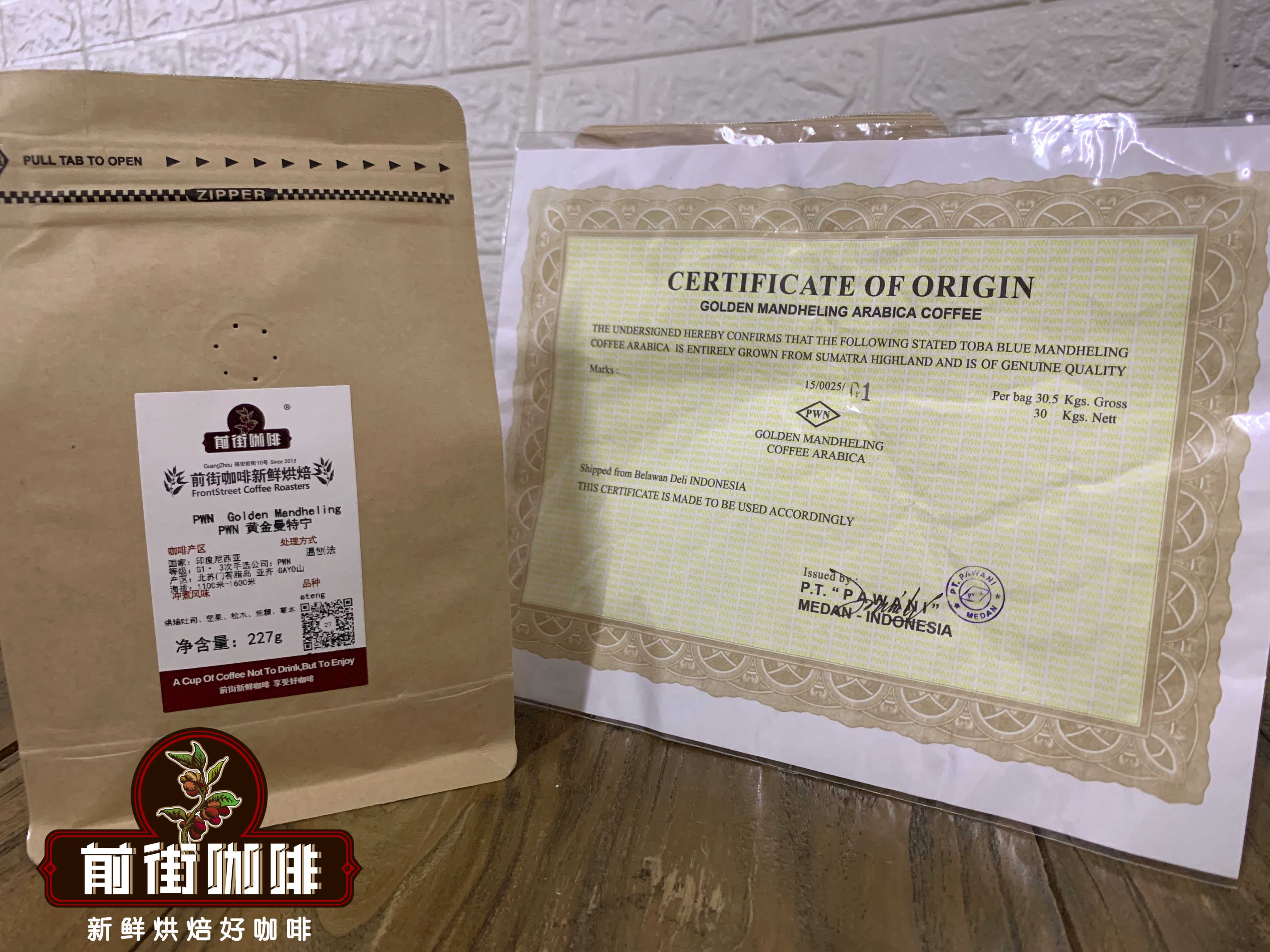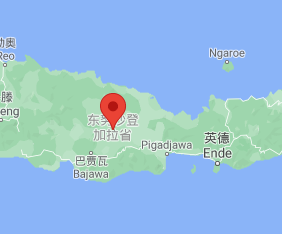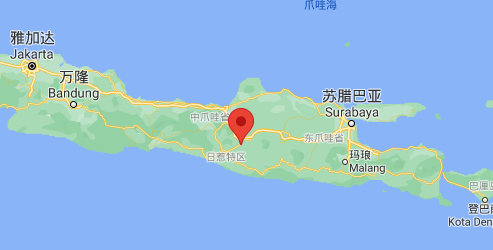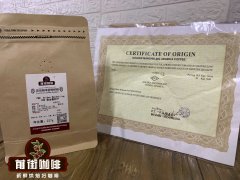Flavor and taste characteristics and history of Java and Sumatra coffee beans in Indonesian coffee island
I believe that everyone has drunk Mantenin coffee from Indonesia!

What do you know about coffee growing in Indonesia? Indonesia is mainly composed of islands. Coffee is also grown on the islands. Today, I will briefly introduce you to Indonesian coffee producing areas:
Flores Island

Bali is located at the westernmost point of the Lesser Sunda Islands, east of Java, between the Indian Ocean and the Java and Flores Seas. Bali is known for its magnificent scenery and rich biodiversity (Bali is part of the Coral Triangle), and Bali also grows some of the world's most coveted coffee, kopi luwak or civet coffee. Bali coffee is grown near Mount Badur northeast of Quintamani and has a complex palate with a heavy, silky body, low acidity and intense woody notes rising in subtle citrus tones.
Named for its charming underwater gardens, Flores Island is a small gem on the island with magnificent mountains at more than 7,500 feet above sea level, fertile volcanic ash soil and a perfect climate for growing quality coffee. Flores Island is only 360 miles long and is one of Indonesia's Lesser Sunda Islands. Coffee is one of the island's main agricultural exports. Coffee plants brought to Flores by Portugal traders were later crossed with seeds from Java to create a coffee bean with a distinctive sweet chocolate, floral and earthy flavor. Flores Coffee grows in the shade on small farms at altitudes above 5,500 feet and is sustainable and naturally grown.
Java, home of Indonesian coffee, is now dominated by small farms, producing a small portion of the island's Arab exports from large colonial-era plantations. The Java coffee plant grows naturally in eastern Java, along the towering (4,500 feet above sea level) volcanic Ijen plateau, and the Java coffee plant absorbs nutrients and wonderful flavors from the soil, creating a very rich, intense coffee with a dark chocolate flavor and a spicy pepper overtone. Java has a molasses-like texture and is slightly more acidic than other Indonesians.

Papua is the Indonesian (western) half of New Guinea. Papua, historically known as Irian Java, has two main growing areas, the Palim Valley in the Central Highlands and the Kam Valley in the Nabire region. Grown organically under natural tree canopy at altitudes above 4,500 feet, Papuan coffee has a silky texture with a syrupy texture, rich chocolate notes and sweet maple notes.
Sulawesi, also known as Celebes, is one of the four Greater Sunda Islands and the eleventh largest island in the world. Sulawesi has a unique shape, with four peninsulas extending south, southeast, east and north-all connected by Central Sulawesi. While each of these peninsulas has towering mountains, most of Sulawesi's Arabica coffee is grown in the Tana Toraja highlands, located in the west/southwest of central Sulawesi. More than 95% of Sulawesi's Arabica coffee is grown naturally on small family plots in Toracha. Sulawesi coffee tastes smooth and rustic, with deep, mild spices and sweet nutty tones, and a bright finish.
Sumatra, the largest of the Sunda Islands, is the sixth largest island in the world and the largest producer of Arabica coffee in Indonesia. The world's coveted and acclaimed Sumatra coffee has a unique richness with a rich creamy texture, low acidity, and deep, almost bitter chocolate, chilli, sweet fruit, cedar, tobacco, and earthy flavors. Sumatra, with its pristine forests, towering volcanoes (Arabica coffee rises 4,000 feet above sea level), fertile soil, stable microclimate, and biodiversity needed to create a naturally eco-friendly complex cup, is ideal for growing coffee. Sumatra has two major coffee growing regions, the northern Gayo region centered on Aceh and the north-central Lintong region located to the southwest of Lake Toba.
Important Notice :
前街咖啡 FrontStreet Coffee has moved to new addredd:
FrontStreet Coffee Address: 315,Donghua East Road,GuangZhou
Tel:020 38364473
- Prev

Flavor and taste characteristics and history of Java and Sumatra coffee beans in Indonesian coffee island
I believe everyone has drunk Mantenin coffee from Indonesia! So what do you know about the coffee producing areas in Indonesia? Generally speaking, Indonesia is mainly made up of islands. The coffee is also grown on the islands. Today, the editor will give you a brief introduction to the coffee producing area of Indonesia: Flores Island, Bali Island, located in the Little Sunda Islands.
- Next

Are there any good coffee shops besides Starbucks and Costa coffee? World chain coffee products
It is believed that people who are interested in coffee will go to the cafe on weekends or rest days. So I believe everyone has been able to guess some of the chain stores on this list. Let's start with the list of the most popular coffee shops. 1. Starbucks' largest coffee chain anyone would want to know if you would say you haven't heard of Starbucks. We speculate on the situation and
Related
- Detailed explanation of Jadeite planting Land in Panamanian Jadeite Manor introduction to the grading system of Jadeite competitive bidding, Red bid, Green bid and Rose Summer
- Story of Coffee planting in Brenka region of Costa Rica Stonehenge Manor anaerobic heavy honey treatment of flavor mouth
- What's on the barrel of Blue Mountain Coffee beans?
- Can American coffee also pull flowers? How to use hot American style to pull out a good-looking pattern?
- Can you make a cold extract with coffee beans? What is the right proportion for cold-extracted coffee formula?
- Indonesian PWN Gold Mandrine Coffee Origin Features Flavor How to Chong? Mandolin coffee is American.
- A brief introduction to the flavor characteristics of Brazilian yellow bourbon coffee beans
- What is the effect of different water quality on the flavor of cold-extracted coffee? What kind of water is best for brewing coffee?
- Why do you think of Rose Summer whenever you mention Panamanian coffee?
- Introduction to the characteristics of authentic blue mountain coffee bean producing areas? What is the CIB Coffee Authority in Jamaica?

